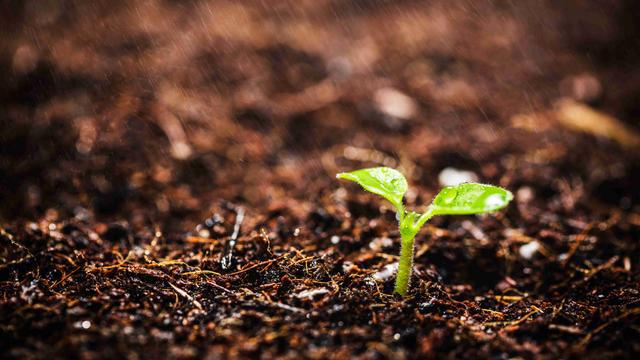Soil nutrients are the basis for crop growth and provide essential nutrients for crops. The growth of crops is closely related to the nutrient status of the soil and appropriate nutrient levels are essential for healthy and strong plant growth. Soil nutrients can be divided into three categories according to the timeliness of their absorption by crops: fast-acting nutrients, slow-acting nutrients and late-acting nutrients, while three nutrients - nitrogen, phosphorus and potassium - are among the more nutritious species required by plants.
Compared with traditional planting, soil-friendly planting is now more popular among the public. The so-called soil-friendly planting is to adopt an "affinity and friendly" approach to the soil to carry out planting operations, with the dual objective of high crop quality and high yield and arable land quality improvement, through a series of principles and methods to effectively improve the quality of arable land soil through soil reform, weight loss and efficiency, quality improvement and comprehensive services to improve the quality and yield of crops, to achieve green planting, improve quality and increase income, to ensure the sustainable development of agriculture, and to create a safe food chain from the source.
The ecology of the plant can be determined by analyzing the nutrient status of the soil using a soil nutrient tester. Soil nutrients are often measured continuously in soil quality analysis, soil testing and fertilization as well as in field trials, where traditional methods are difficult to meet the needs of research and where soil nutrient tester plays a huge role.
Through the use of soil sensors, we can not only rationalize the use of fertilizers and reduce production costs, but we can also make a contribution to ensuring the soil environment. Through research, it has been found that normal plants have a phosphorus content of between 0.1% and 0.4%, which serves to store and transport energy; normal plants have a potassium concentration of between 1% and 5%, which functions mainly as a catalyst.


No comments yet